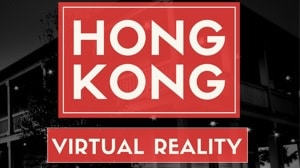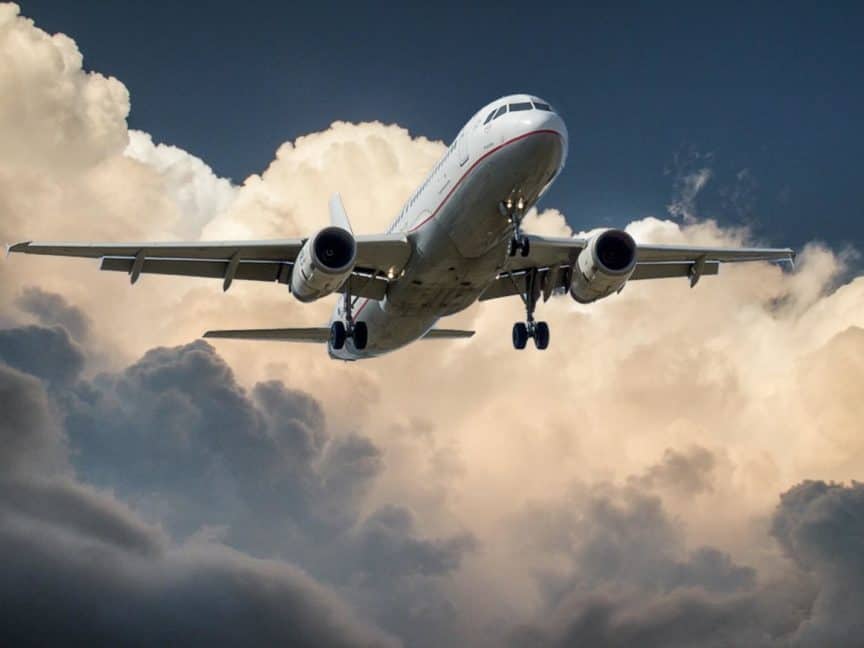The growth of virtual and augmented reality reached many industries, like the aviation field. Virtual reality is the new technology which most aviation school employs, to have a simulation of what their profession will be. This breakthrough benefited many developments in the aviation industry, and the most significant is the interaction between the customers in the industry.
If you’re in the field of aviation, or just a frequent flier, here are some of the best developments VR has in store for you.
Better Engineering and Systems
Aircraft are carefully designed to ensure the safety of its passengers. Each piece is carefully designed to make sure it works perfectly with the plane, and that nothing unnecessarily falls off or damaged. VR adds an extra layer of safety and protection for many manufacturers because they can begin visualizing what each component should like and how it should be.
VR changes the dynamics between aircraft manufacturers and planes. In a way, VR makes it easier for them to manipulate designs as well as understand complex structures. Both manufacturers, students, and pilots will be able to interact with and understand their equipment better than before.
Being able to understand how planes are engineered and designed helps understand where failure starts. VR can simulate different environments which can potentially answer some of the most common airplane failures. Moreover, manufacturers will be able to examine each airplane component in a faster way.
Life Like Aviation Training
Many pilots or soon to be pilots require a lot of training and hands-on experience. The practices simulate what it’s like piloting a plane, which is beneficial in ensuring passenger safety. Trainings could be very costly, both on the side of pilots and aviation schools. Thankfully, VR can be used to train soon to be pilots and significantly reduce certain costs.
Although many aviation schools have simulations already, it’s already been years since this simulation program has been updated. With the advent of new technology, there is a new way for future pilots to learn how to fly and troubleshoot a plain. An immersive and realistic training environment significantly increases the knowledge and understanding of future pilots.
VR aviation training is an efficient way of reducing costs, while still simulating what flying an aircraft is like. Moreover, there are more opportunities to experience different kinds of simulated environment. As a result, future pilots will be better prepared for various situations.
Improved In-Flight Entertainment
If you’re a frequent flier of long-haul flights, you’re probably tired of the usual in-flight entertainments. Watching movies and listening music doesn’t cut the job anymore, and it just seems to drag at times. You’re in luck because sooner or later, you’ll begin to enjoy VR while you’re flying across the globe. Several privately chartered airlines have VR for their entertainment, and it’s a good distraction from tiring long flights.
With a little more time, you can expect VR to be in most airline companies. If this happens, everyone can expect VR and immerse themselves in a new, different experience. Without a doubt, many people are and will be excited by this development. VR developed so much in the past years that for sure several of these airline carriers will choose the latest technology.
Cure People Who Are Afraid to Fly
There are a lot of phobias out there and flying is one of them. It is a legit fear, and many people suffer many terrible anxieties or panic attacks when they’re about to board a plane. Unfortunately, getting rid or treating this phobia is nearly impossible unless you face the problem itself. With the help of VR, people with flying phobias can slowly ease in their fear through various flight simulations.
Treating flying phobia through VR is also another cost-effective measure. Moreover, the logistics and equipment are straightforward, and all it requires is a good headset. With the help of a therapist, patients can slowly overcome their fear. Also, it will be easier for therapists to determine at which phase of the simulation the passenger starts to react negatively. Thus, it gives the therapist a better understanding of what the patient feels.
VR has many practical applications in this world, and one of them is for the aviation industry. There are many more ways VR can change how people fly but for not its covered safety and passenger issues. At the core of this development is the continuous quest for many to discover how else can VR help. Sooner or later, you’ll find that the most effective solutions are because of VR.
References:

